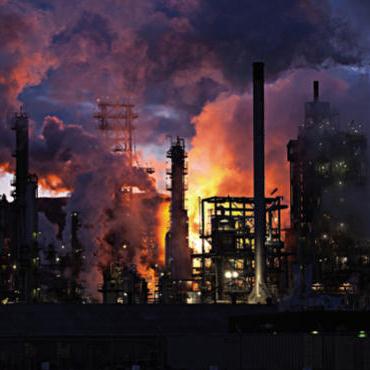This article is relevant for all Australian public relations practitioners working in the climate change and clean energy space. It helps with one possible reason why the major petroleum producers are so determined not to let environmentalists block access to harder-to-access energy resources such as deepwater exploration for oil and the exploration for coal seam gas.
This is an edited text from: http://blogs.ft.com/energy-source/2011/07/14/uncoventional-moves-depend-on-safety-record/#ixzz1S6yFXKbq
Unconventional moves depend on safety record
July 14, 2011 by Sheila McNulty
Several years ago, analysts covering the oil industry were raising alarm bells about how the major oil groups would be making money in the decades to come. With conventional oilfields maturing and no sign of the shale gas revolution at that point, there was pressure from shareholders for them to get into renewables. The majors responded by delving into projects to extract biofuels from chicken fat and soybeans. But that phase is over.
The major oil groups found salvation in unconventional oil and gas production.
Investment in conventional assets accounted for 63 per cent of the Majors’ total capital expenditure between 2001 and 2005. The proportion falls to 40 per cent in 2011 to 2015. Increasing investment in the deepwater (23 per cent vs. 17 per cent) and LNG sectors (18 per cent vs. 11 per cent) makes up the largest difference, with heavy oil/oil sands (9per cent vs. 6 per cent) and unconventional oil/gas (9 per cent vs. 3 per cent) most of the remainder.
Typically growth resource themes such as LNG and deepwater are more technically challenging and have longer lead times to first cash flow than conventional projects.
The investment cycle now underway will reshape the Majors’ portfolios over the next few years. By 2016 we expect the proportion of conventional assets by value across the Majors’ portfolios to fall from 48 per cent to 39 per cent of total net present value. LNG is the biggest growth theme by a distance over this period, rising from 17 per cent to 23 per cent, while deepwater increases from 18 per cent to 19 per cent.
All this reshaping of the majors’ portfolios ……
We expect combined production for the Majors to climb slowly to a peak of 24.3 million boe/d in 2017, compared with 21.9 million boe/d in 2011 – a 1.75 per cent compound annual growth rate.
It indeed seems the majors have found salvation in technology. This is why they are so determined not to let environmentalists block access to these resources. ExxonMobil has established its own natural gas focused website to counter criticisms about the impact of so-called fracking technology. The API lobby group is fighting to ensure access to Canada’s oil sands. And so on.
The problem is that accidents like Exxon’s pipeline break under Yellowstone River tend to undermine whatever inroads are made by the industry and the calls for domestic energy security. This is something the industry has to come to grips with.





